The beauty blender, often referred to as a makeup sponge, has become an indispensable tool in many makeup routines. Its versatility allows for both dry and wet applications, each offering distinct advantages depending on the desired finish and product type. Understanding the differences between these two methods can significantly enhance your makeup application, ensuring a flawless and long-lasting result.
When used dry, the beauty blender excels in blending powder-based products such as setting powders, blushes, and bronzers. The slightly porous texture of the sponge picks up just the right amount of product, allowing for controlled application. This method is particularly useful for those who prefer a more matte finish or need to build up coverage gradually. The dry sponge’s firmness provides precision, making it ideal for contouring or applying powder to smaller areas like the under-eyes or around the nose.
However, the dry application isn’t without its drawbacks. The sponge can absorb excess product, leading to potential waste, especially with loose powders. Additionally, the lack of moisture may result in a less seamless blend, particularly with cream or liquid products, which can appear patchy or uneven when applied with a dry sponge. For those with dry skin, this method might emphasize texture or flakiness, as the sponge doesn’t offer the same hydrating effect as when damp.
On the other hand, using a damp beauty blender is a game-changer for liquid and cream products. Lightly wetting the sponge before use causes it to expand, creating a softer and more pliable texture. This not only makes blending effortless but also prevents the sponge from absorbing too much product, ensuring that more of your foundation or concealer ends up on your face rather than trapped in the sponge. The result is a dewy, natural finish that mimics the skin’s texture.
The damp sponge’s ability to sheer out products makes it perfect for achieving a "no-makeup" makeup look. It’s also gentler on the skin, reducing the risk of tugging or irritation, which is especially beneficial for those with sensitive or acne-prone skin. The added moisture helps melt the product into the skin, creating a seamless blend that lasts longer throughout the day. This method is particularly effective for liquid highlighters, cream blushes, and even lightweight foundations.
Yet, the wet application isn’t universally perfect. Some users find that a damp sponge can dilute the pigmentation of highly concentrated products, requiring additional layers to achieve the desired intensity. There’s also a learning curve to achieving the right level of dampness—too wet, and the sponge may cause streaks; too dry, and it loses its blending prowess. Proper maintenance is crucial, as a damp sponge is more prone to harboring bacteria if not cleaned and dried thoroughly after each use.
The choice between dry and wet usage often boils down to personal preference, skin type, and the specific product being applied. For instance, those with oily skin might prefer the dry method for setting powders to control shine, while those with dry skin may lean toward the damp sponge for its hydrating effect. Experimentation is key—many makeup enthusiasts switch between the two techniques depending on the step in their routine or the look they’re aiming for.
Beyond application techniques, the material and quality of the beauty blender play a significant role in performance. High-quality sponges, typically made from hydrophilic foam, respond better to water, expanding evenly and retaining their shape. Cheaper alternatives may not absorb water as effectively or could break down over time, compromising their blending ability. Investing in a reputable brand can make a noticeable difference in both dry and wet applications.
Maintenance is another critical factor. Regardless of whether you use your sponge dry or wet, regular cleaning is essential to prevent bacterial buildup and maintain its performance. For damp sponges, squeezing out excess water after each use and storing them in a ventilated area can prolong their lifespan. Dry sponges should be shaken free of excess powder residue and cleaned weekly to avoid product buildup that can affect blending.
In the ever-evolving world of makeup, the beauty blender remains a staple due to its adaptability. Whether dry or damp, this humble tool continues to prove its worth, offering endless possibilities for creativity and precision. By understanding the nuances of each method, you can tailor your approach to suit your unique needs, ensuring a flawless application every time.

By /Jun 28, 2025

By /Jun 28, 2025
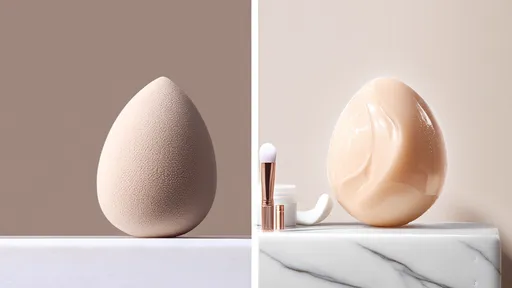
By /Jun 28, 2025

By /Jun 28, 2025

By /Jun 28, 2025
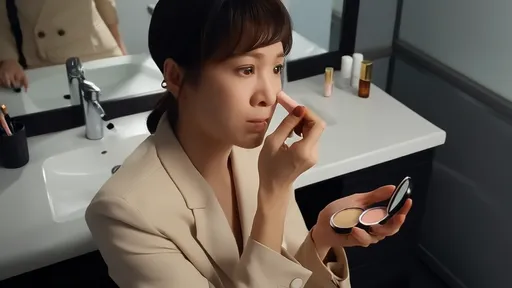
By /Jun 28, 2025

By /Jun 28, 2025
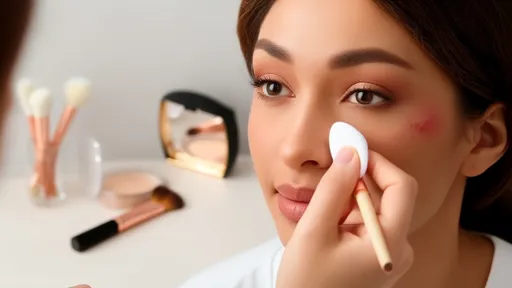
By /Jun 28, 2025

By /Jun 28, 2025

By /Jun 28, 2025

By /Jun 28, 2025
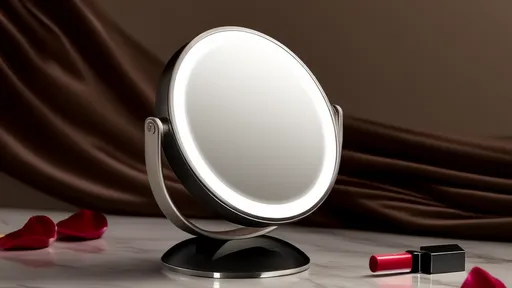
By /Jun 28, 2025
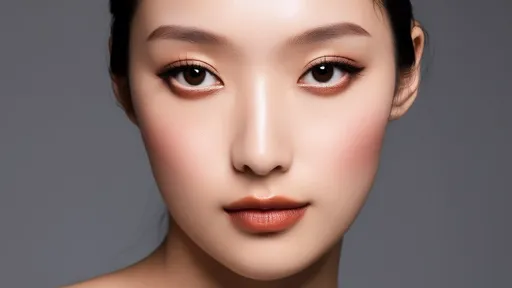
By /Jun 28, 2025

By /Jun 28, 2025

By /Jun 28, 2025

By /Jun 28, 2025
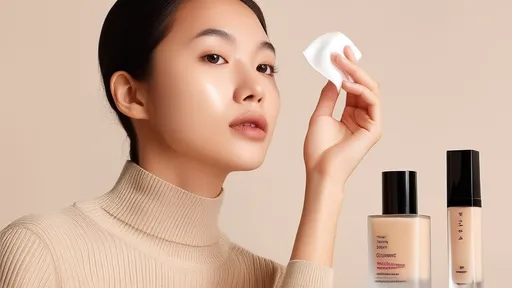
By /Jun 28, 2025